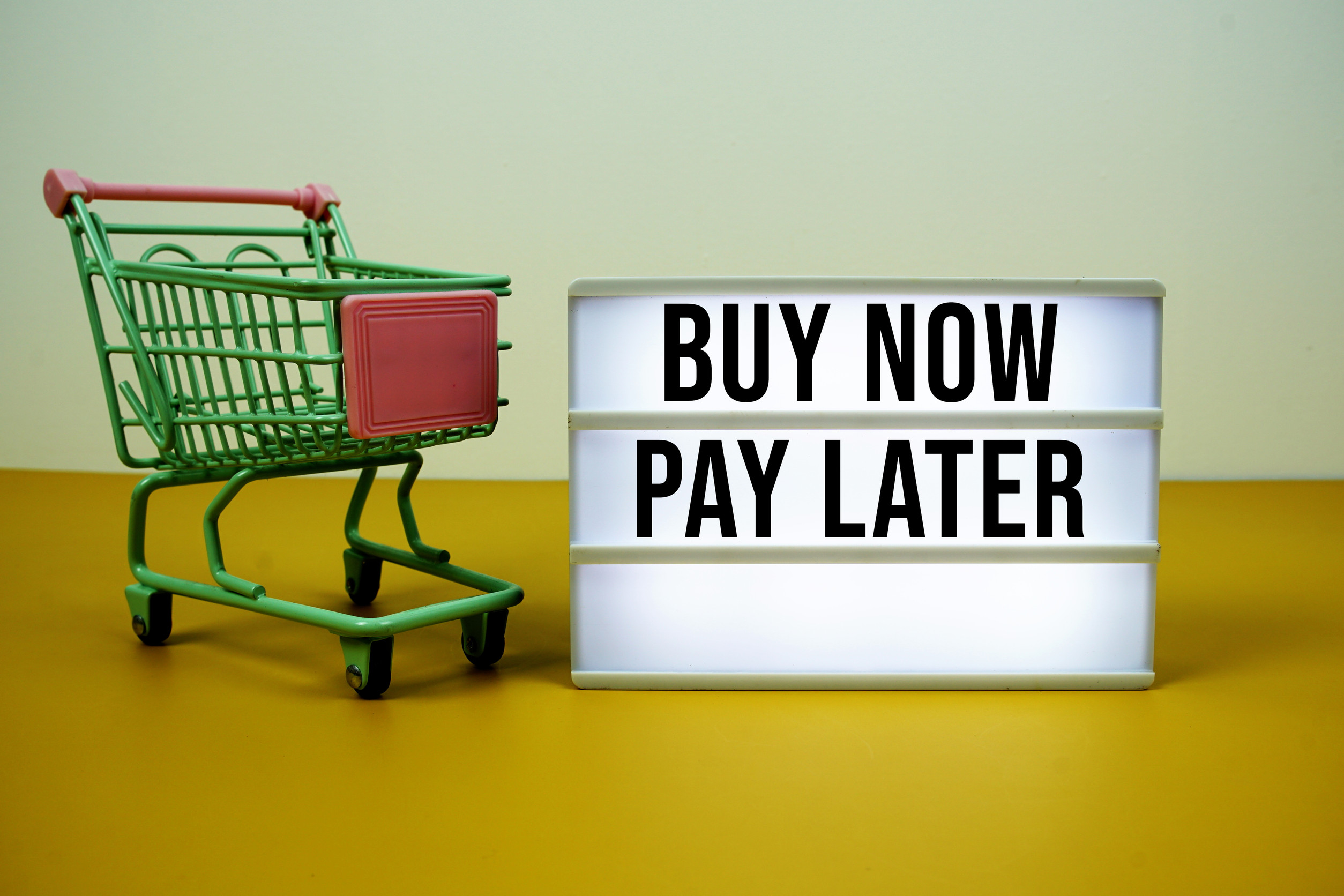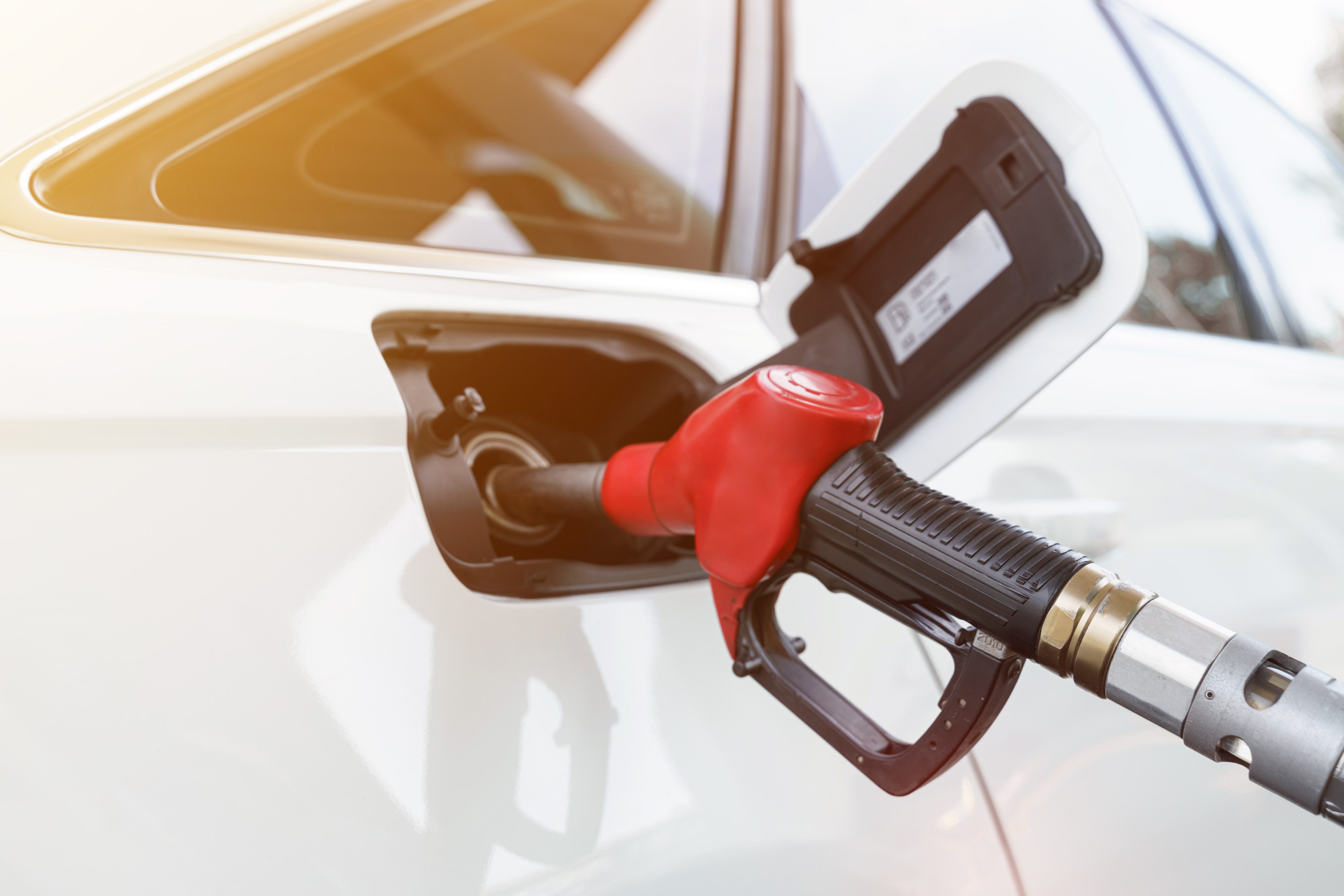Buy Now, Pay Later (BNPL) isn’t just a checkout option anymore—it’s a lifestyle pitch dressed up as convenience. The promise of splitting payments into bite-sized chunks feels like financial magic, letting anyone stretch beyond their budget without a credit card swipe.
But beneath the glossy interface, it can slowly push spending habits into risky territory. What looks like harmless flexibility is often a sneaky lure toward overestimating what’s actually affordable. And if unchecked, this subtle wooing becomes a fast track to living richer on paper than reality allows.
The Luxury Illusion in Disguise
BNPL can make luxury purchases feel almost casual, transforming a $400 designer bag into “only $100 today.” That psychological trick inflates confidence, creating a false sense of affordability and nudging shoppers to embrace bigger splurges. The illusion isn’t about affordability; it’s about timing, and that timing hides the total cost. Over time, multiple “manageable” commitments stack up, making one’s lifestyle appear more elevated than the wallet can sustain. This is how ordinary spending morphs into hidden affluence risk without setting off alarms.
When Small Splits Multiply Into Big Trouble
One small installment feels harmless, but five or six running at once can snowball into a budgeting nightmare. BNPL thrives on invisibility—it keeps payments so low individually that the overall strain goes unnoticed. Shoppers often underestimate the mental weight of juggling multiple due dates, creating stress disguised as convenience. Before long, cash flow isn’t going toward savings or essentials but toward yesterday’s indulgences. It’s a trap that makes the present feel rich while the future gets quietly mortgaged.
The Vanishing Pain of Spending
Traditional payment methods carry a sting—handing over cash or swiping a debit card feels immediate. BNPL dulls that sting, delaying the pain of parting with money, which tricks the brain into believing it’s a smarter purchase. That shift in perception makes riskier spending choices seem normal, even responsible. Instead of thinking “Can I afford this?” the mindset changes to “I’ll deal with it later.” This numbed sense of cost is exactly what builds a shadow lifestyle far beyond actual means.
The Illusion of Infinite Credit
BNPL often skips credit checks or downplays their weight, encouraging anyone to spend without feeling restricted. That freedom feels liberating in the moment but hides the real dangers of unmonitored debt growth. Without a visible ceiling, shoppers often overextend, not realizing they’re effectively stacking mini-loans. The lack of a traditional “stop sign” creates an illusion of financial space that doesn’t actually exist. This is how harmless splurges snowball into a shaky tower of obligations.
When Essentials Start Sneaking In
The biggest red flag isn’t a luxury buy—it’s when groceries, gas, or basic bills start landing on BNPL. At that point, convenience shifts into survival mode, a sign the financial safety net has thinned. Paying for essentials in installments signals that cash flow is already under heavy strain. It’s a silent alarm that lifestyle risk isn’t about indulgence anymore but about day-to-day sustainability. Once BNPL becomes a lifeline instead of a treat, hidden affluence is no longer hidden—it’s exposed.
The Silent Impact on Credit and Savings
BNPL often promises “no interest” or “no credit harm,” but that narrative skips over long-term ripple effects. Missed payments can still hit credit scores, and constant installments crowd out money that could build savings. The ease of spreading payments delays financial resilience, trading security for convenience. Shoppers end up rich in possessions but poor in stability, a trade-off that creeps in unnoticed. What looks like freedom today can quietly lock future opportunities behind a door of debt.
Unmasking the Wooing Game
BNPL isn’t evil—it’s clever, persuasive, and built to feel irresistible. But the hidden risk lies in how effortlessly it nudges people into lifestyles their budgets can’t sustain. Spotting these traps is the key to keeping BNPL as a tool rather than a liability. Financial confidence doesn’t come from stretching dollars thinner but from knowing exactly where the limits sit.
What do you think—has BNPL ever tempted you into living richer than your reality allowed? Share your thoughts in the comments.
You May Also Like…
9 Signs Your “Buy Now, Pay Later” Habit is a Financial Red Flag
10 “Secure” Payment Apps That Have Been Hacked This Year
11 Things You Should ALWAYS Buy Generic (And 5 You Shouldn’t)
9 Features in Retirement Plans That Backfire Later
7 Quiet Moments When Your Spending Habits Reveal Deep Money Anxiety


